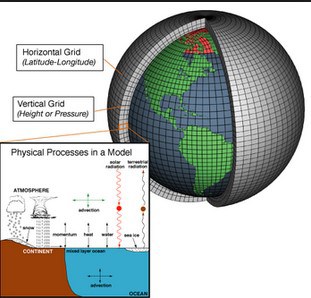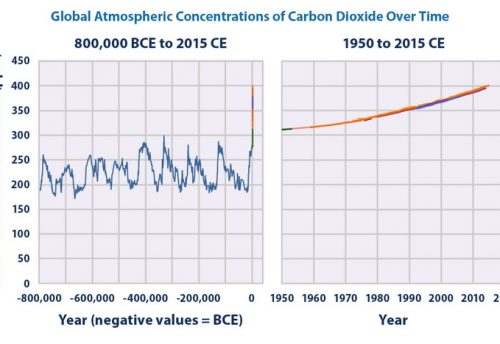
Halocarbon species include the chlorofluorocarbons (CFCs), the hydrochlorofluorocarbons (HCFCs), methylhalides, carbon tetrachloride (CCl4), carbon tetrafluoride (CF4)), and the halons (bromide species). They are all considered to be powerful greenhouse gases (section 6.5) because they strongly absorb terrestrial infrared radiation and reside in the atmosphere for many decades. All species containing chlorine and bromine play a role in lower stratospheric ozone depletion, and hence climate cooling since ozone is also a greenhouse gas (section 6.4.5), and this tends to offset their ability to cause surface warming. Emissions of the major chlorine- and bromine-containing halocarbons are now largely controlled by the requirements of the Montreal Protocol and its subsequent amendments.




Leave a Reply